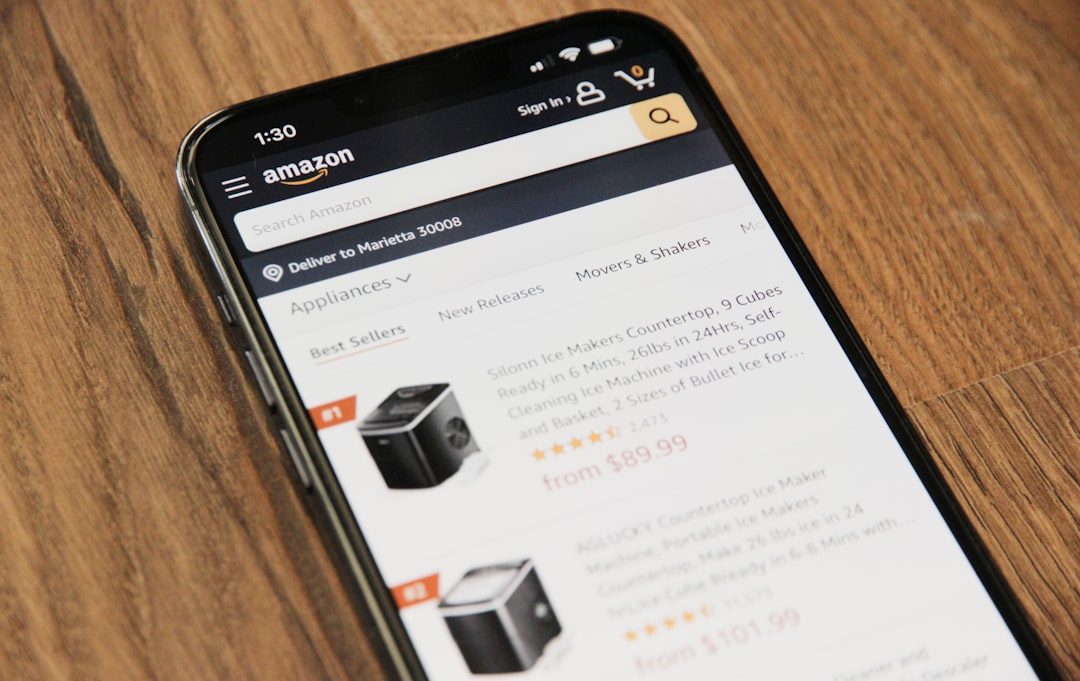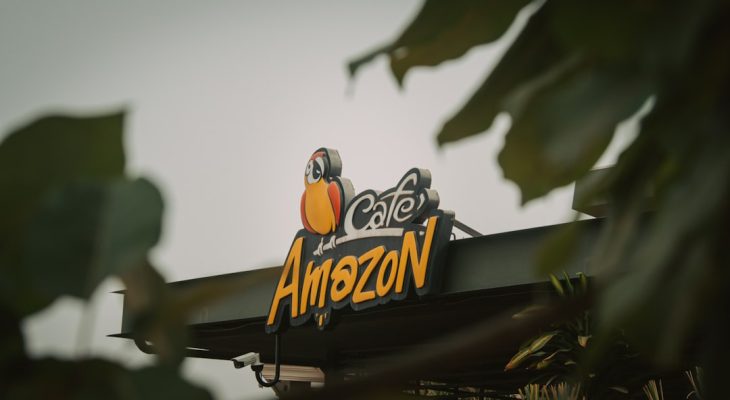Peak shopping seasons—like Black Friday, Cyber Monday, and the winter holidays—are some of the most lucrative times of the year for Amazon sellers. With shopper intent at its highest, it’s the perfect opportunity to capitalize on this surge in traffic using Amazon PPC (Pay-Per-Click) advertising. But leveraging PPC effectively during these high-traffic periods takes more than just increasing your ad spend. It requires a strategic approach to targeting, budgeting, and timing. Here’s how sellers can make the most out of Amazon PPC during peak shopping seasons.
1. Prepare in Advance
Success with PPC during peak seasons starts weeks—if not months—before the shopping spree begins. This is the time to test ad creatives, optimize product listings, and closely monitor keyword performance.
- Optimize Listings: Make sure product titles, bullet points, and images are polished and include relevant keywords.
- Run A/B Tests: Test different ad copies and creatives before the big season to know what resonates best.
- Benchmark Performance: Use historical data to understand your best-performing keywords and ads leading up to these sales events.
2. Adjust Your Budget Strategically
During holidays and special events, competition for visibility intensifies, and CPCs (Cost Per Click) often rise. However, so does conversion potential. Rather than simply “throwing money” at the problem, it’s better to reallocate your budget for maximum impact.
- Increase Budget for High Performers: Shift the majority of your budget to top-performing products and campaigns.
- Stay Agile: Keep an eye on real-time performance and be ready to redistribute funds throughout the day or week.
- Leverage Dayparting: Analyze peak shopping hours and invest more aggressively during those windows.
Additionally, ensure that your campaigns have adequate daily budgets to prevent your ads from going offline during high-traffic times.
3. Use a Full Funnel Strategy
Don’t rely solely on Sponsored Products. To dominate during peak seasons, use a combination of PPC ad types to create a full-funnel advertising strategy.
- Sponsored Products: Great for capturing purchase-ready buyers searching for specific items.
- Sponsored Brands: Enhance brand recognition with headline search ads that showcase a range of products.
- Sponsored Display: Retarget interested shoppers and cross-promote complementary products.
This approach helps you not only capture intent-driven traffic but also build awareness and encourage repeat engagement through strategic retargeting.
4. Prioritize High-Intent Keywords
During peak shopping times, people are often closer to making a purchase. That means it’s more critical than ever to tap into high-performing, high-intent keywords. These are typically longer-tail, product-specific terms like “wireless noise cancelling headphones” or “organic baby swaddle.”

Use tools like Amazon’s own Search Term Report, or third-party tools like Helium 10 and Jungle Scout, to identify these winning keywords. Focus your PPC efforts here to maximize return on every click.
5. Monitor Campaigns in Real Time
Don’t set your campaigns and forget them—especially during peak season. Campaign performance can shift rapidly due to increased competition and changing shopper behavior. Being reactive in real time can make the difference between a profitable campaign and a wasted budget.
- Check Analytics Frequently: Monitor CPC, CTR, and ACoS daily—hourly if necessary.
- Make Quick Adjustments: Pause underperforming ads, reallocate budget, or adjust bids as needed.
- Use Alerts and Automation: Tools like Amazon Advertising Console or automation software can help manage bids and budgets automatically at scale.
6. Continue Optimization After the Season
Once the dust settles, don’t just archive your campaigns. Review performance data in detail to identify what worked and what didn’t. This post-season analysis helps you refine your strategy for the next big event and ensures you avoid repeating costly mistakes.
Consider retargeting holiday shoppers in the weeks following a major event. Remarketing to people who viewed but didn’t purchase your product can yield great results when properly timed and executed.
Conclusion
Amazon PPC during peak shopping seasons offers a golden opportunity—if used wisely. With careful planning, efficient keyword use, and agile budget management, sellers can not only survive but thrive amid fierce competition.
So as the next season approaches, don’t wait until the last minute. Start preparing now, build your campaigns with purpose, and make the most of Amazon’s busiest times of the year!







